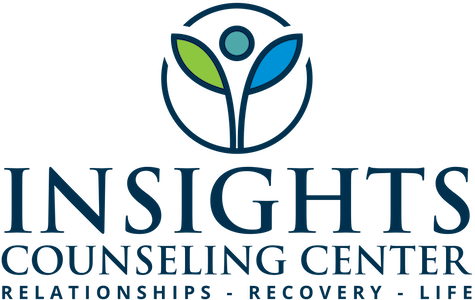Embracing the Season: Understanding Seasonal Affective Disorder and The Promising Power of Neurofeedback
As the leaves change through the vibrant spectrum of autumnal hues and the days grow shorter, some of us find ourselves carried along a tide of emotions unique to this time of year. The whisper of cold winds might not just bring the soft rustle of falling leaves, but a cloud of mood changes with them. This is a safe space to talk about this phenomenon known as Seasonal Affective Disorder (SAD).
SAD, simply put, is a type of depression that correlates with the changes in seasons. Typically, it starts around late fall, begins to peak in the winter months, and subsides with the advent of spring and summer. Symptoms may include feeling low, losing interest in activities you once enjoyed, feeling sluggish, and facing difficulty in concentrating, among others. And dearest, it's important to remember that if you're experiencing these symptoms, you're not alone; many feel the same way, and there are many means of help and support, like neurofeedback, available to you, which we'll unpack in a little bit.
It can feel incredibly isolating when the world around you rejoices in the beauty of the changing seasons, and you're drenched in emotions that add a gray filter to your view of life. Yet, remember this: your feelings are valid, and it’s okay to ask for help. It doesn't make you less resilient or strong; rather, it's a brave act, signifying your determination to take charge of your own well-being.
The Panacea of Neurofeedback
Among several modes of treatment, a promising avenue that has come to light is neurofeedback. Sounds scientific, doesn't it? But no worries, let's break it down in simpler terms.
Neurofeedback is a therapy technique that teaches you how to change the specific patterns of your brain. It's like giving your brain a little workout, helping it learn new methods to respond optimally to challenges. This treatment can be especially beneficial for managing and even helping relieve the symptoms related to SAD, including low energy, feeling down, or trouble focusing.
In neurofeedback sessions, we use sensors attached to your scalp to monitor your brain waves. Think of it like a mirror for your brain's activity, allowing you to observe and understand it. Through specific exercises and games in a relaxed environment, your brain is trained to produce healthier, more balanced patterns. It's non-invasive and generally free of side effects.
This method empowers you to actively participate in your healing journey, reinforcing your strength and resilience, reminding you of your brain's incredible capability to adapt, and fostering an innate balance within you. It's a testament to a fact we often forget: we are not at the mercy of our emotions; instead, we have the power (and the right tools!) to regulate them and thus improve our quality of life.
As winter draws near, let us be like the trees adorning themselves in rich colors, standing firm and steadfast amidst the changing seasons. You, too, in your struggle with Seasonal Affective Disorder, embody the same resilience. And through the power of neurofeedback, that resilience can be nurtured, strengthening your ability to weather these seasonal changes.
Remember: your journey, like the seasons, ebbs and flows. It's okay to sometimes feel like the bare trees of winter, for we all know that spring is just around the corner, bearing the promise of renewal and growth. It's a journey, and we are here for you, every step of the way.
You are not alone. We are in this together, navigating through the storm, seeking the warm embrace of understanding and healing. Here's to embracing the journey, to bravely facing the change of seasons, not just in the world around us, but within us as well. Call today to schedule a qEEG brain map and begin neurofeedback training to help navigate the symptoms of SAD.

